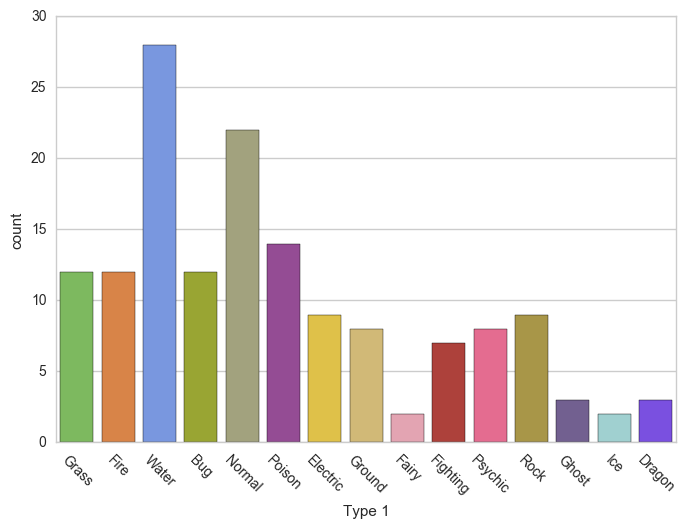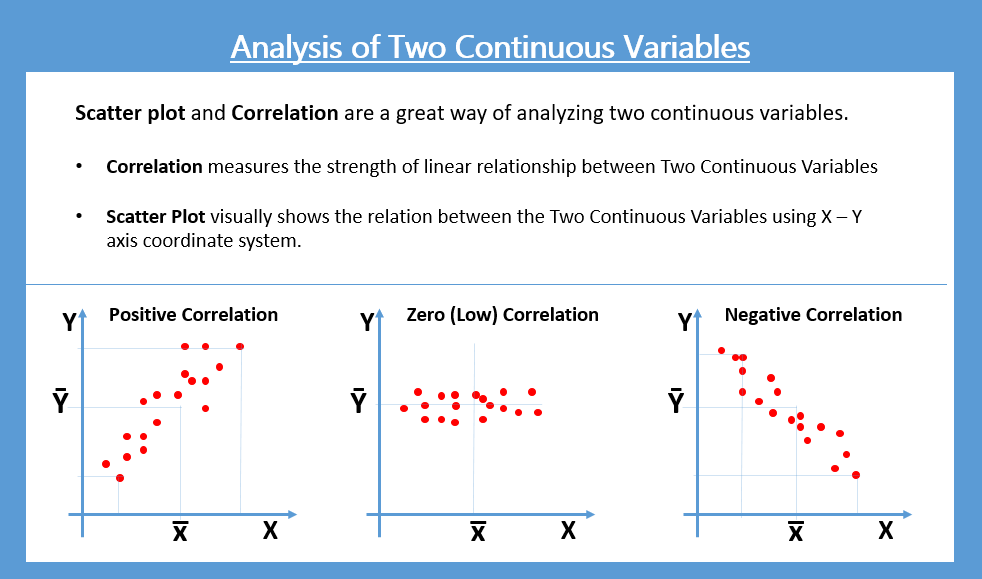
Name of errorbar method (either “ci”, “pi”, “se”, or “sd”), or a tuple errorbar string, (string, number) tuple, or callable Method for aggregating across multiple observations of the y estimator name of pandas method or callable or None Specified order for appearance of the style variable levels You can pass a list of markers or a dictionary mapping levels of the Setting to True will use default markers, or
PYTHON SEABORN SCATTER PLOT WITH 3 VARIABLES HOW TO
Object determining how to draw the markers for different levels of the Of (segment, gap) lengths, or an empty string to draw a solid line. Dashes are specified as in matplotlib: a tuple You can pass a list of dash codes or a dictionary mapping levels of the Setting to True will use default dash codes, or Object determining how to draw the lines for different levels of the Normalization in data units for scaling plot objects when the Otherwise they are determined from the data. Specified order for appearance of the size variable levels, Which forces a categorical interpretation. List or dict arguments should provide a size for each unique data value, sizes list, dict, or tupleĪn object that determines how sizes are chosen when size is used. Or an object that will map from data units into a interval. hue_norm tuple or Įither a pair of values that set the normalization range in data units Specify the order of processing and plotting for categorical levels of the Imply categorical mapping, while a colormap object implies numeric mapping. String values are passed to color_palette(). Method for choosing the colors to use when mapping the hue semantic. Useful for showing distribution ofĮxperimental replicates when exact identities are not needed. Line will be drawn for each unit with appropriate semantics, but no Grouping variable identifying sampling units. Can have a numeric dtype but will always be treatedĪs categorical. Grouping variable that will produce lines with different dashesĪnd/or markers. Grouping variable that will produce lines with different widths.Ĭan be either categorical or numeric, although size mapping willīehave differently in latter case. Grouping variable that will produce lines with different colors.Ĭan be either categorical or numeric, although color mapping willīehave differently in latter case. Variables that specify positions on the x and y axes. Either a long-form collection of vectors that can beĪssigned to named variables or a wide-form dataset that will be internally Parameters : data pandas.DataFrame, numpy.ndarray, mapping, or sequence X and shows an estimate of the central tendency and a confidence This behavior can be controlled through various parameters, asīy default, the plot aggregates over multiple y values at each value of

In particular, numeric variablesĪre represented with a sequential colormap by default, and the legendĮntries show regular “ticks” with values that may or may not exist in theĭata. Represent “numeric” or “categorical” data. Semantic, if present, depends on whether the variable is inferred to

The default treatment of the hue (and to a lesser extent, size) Hue and style for the same variable) can be helpful for making Using all three semantic types, but this style of plot can be hard to

It is possible to show up to three dimensions independently by Parameters control what visual semantics are used to identify the different Of the data using the hue, size, and style parameters. The relationship between x and y can be shown for different subsets lineplot ( data = None, *, x = None, y = None, hue = None, size = None, style = None, units = None, palette = None, hue_order = None, hue_norm = None, sizes = None, size_order = None, size_norm = None, dashes = True, markers = None, style_order = None, estimator = 'mean', errorbar = ('ci', 95), n_boot = 1000, seed = None, orient = 'x', sort = True, err_style = 'band', err_kws = None, legend = 'auto', ci = 'deprecated', ax = None, ** kwargs ) #ĭraw a line plot with possibility of several semantic groupings.


 0 kommentar(er)
0 kommentar(er)
